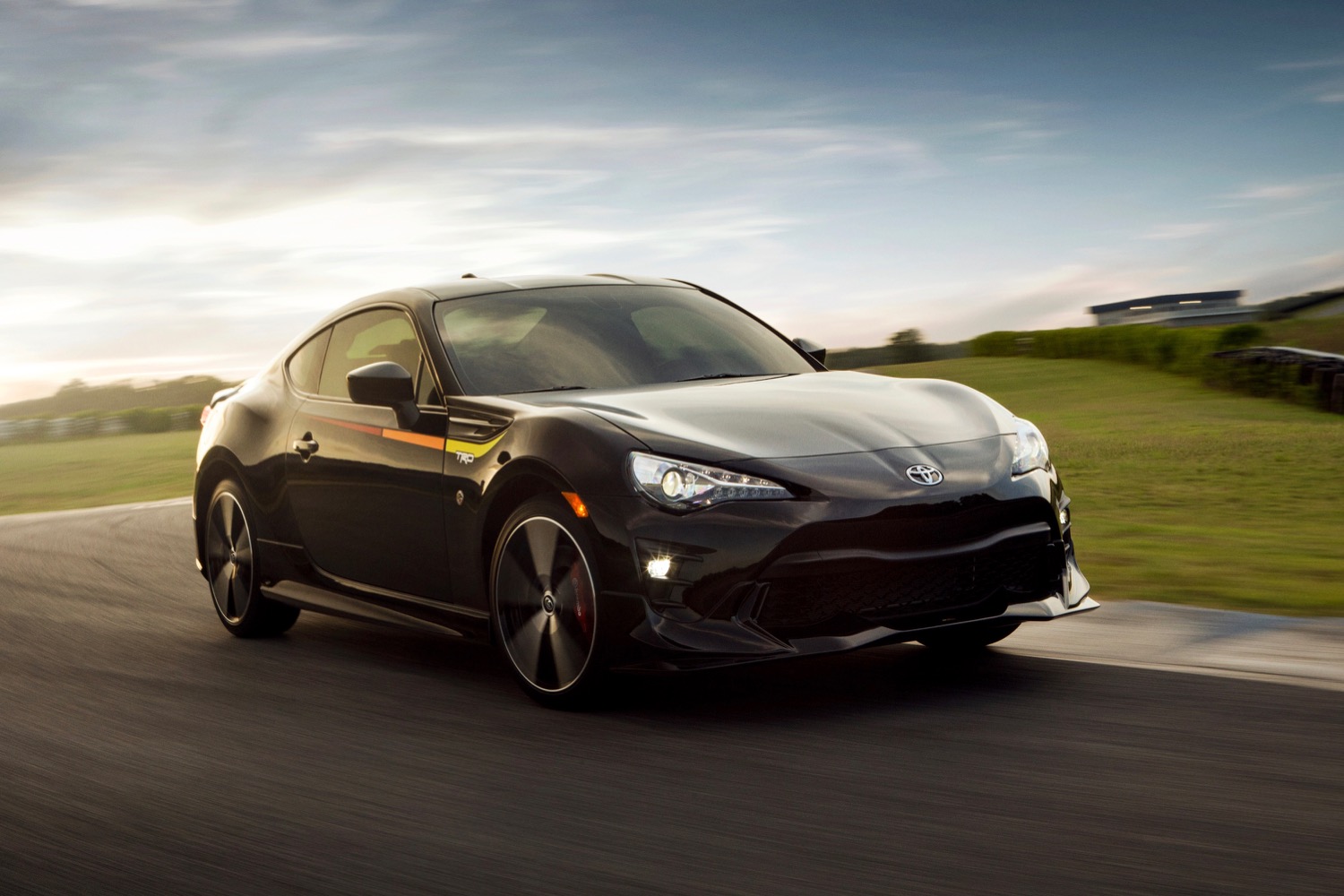
Subaru and Toyota first announced a partnership in 2005, and that joint effort went on to produce the Subaru BRZ and Toyota 86 sports cars. After a period of uncertainty, the two automakers confirmed that their sports cars will live on for another generation as part of an expanded partnership, which will also include additional jointly developed hybrids.
The fate of the BRZ and 86 has been unclear for some time, as both Subaru and Toyota have been mum on plans for replacements. Both cars launched for the 2012 model year (the 86 was originally sold in the United States as the Scion FR-S, as part of Toyota’s now defunct “youth” brand), so they are beginning to age. But a next-generation BRZ/86 will be a priority for both automakers, according to a Toyota press release.
Hybrids will also be part of the expanded partnership. Following in the tire tracks of the Subaru Crosstrek Hybrid (actually a plug-in hybrid), other Subaru models will get Toyota hybrid systems. In June 2019, Subaru and Toyota also announced plans to jointly develop a platform for all-electric cars, which will use Subaru’s all-wheel drive expertise. Toyota has long preferred hydrogen fuel cells to batteries, but is changing tack due to the slow rollout of hydrogen infrastructure. The two automakers will also work together on autonomous driving, which Toyota has already done some development work on.
Jointly developing new cars makes sense for one reason: Money. The costs to put a new car into production are staggering, and they will only increase as tech related to electrification and autonomous driving proliferates. Teaming up makes sense for Subaru and Toyota.
Like all automakers, Subaru needs hybrids and electric cars to meet anticipated future emissions standards. But because of its relatively small size, Subaru doesn’t have the resources to develop these technologies on its own. At the same time, Toyota CEO Akio Toyoda wants to make his company’s product line more exciting, hence the interest in sports cars. But Toyota’s accountants don’t view investing so much money in niche vehicles as financially prudent, so the company has sought outside partners. In addition to the BRZ/86, Toyota teamed up with BMW to twin the 2020 Supra with the Z4.


